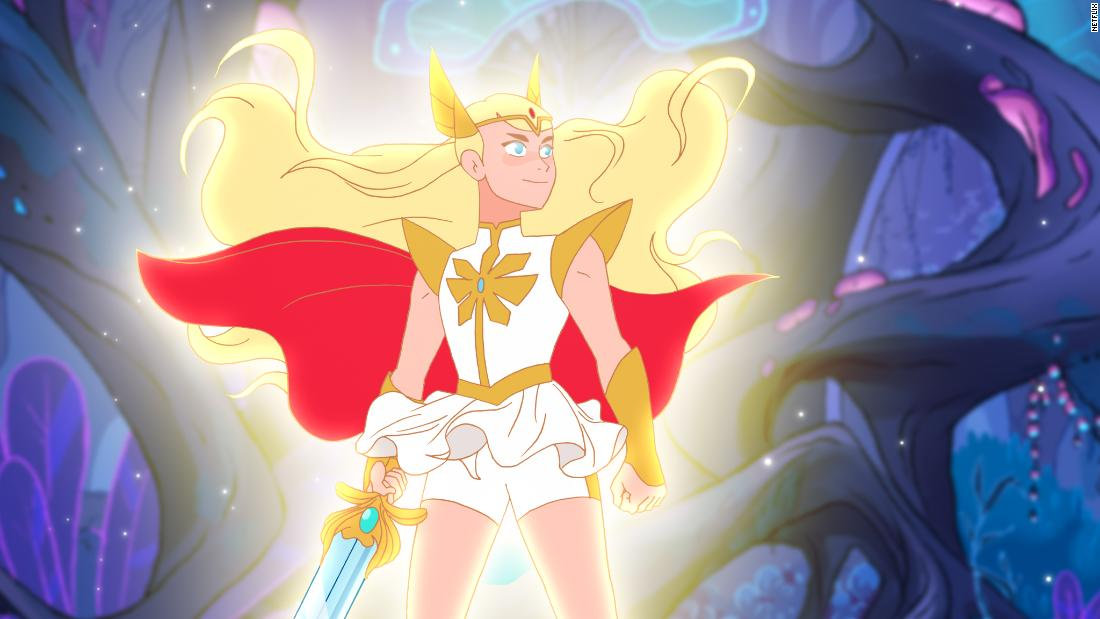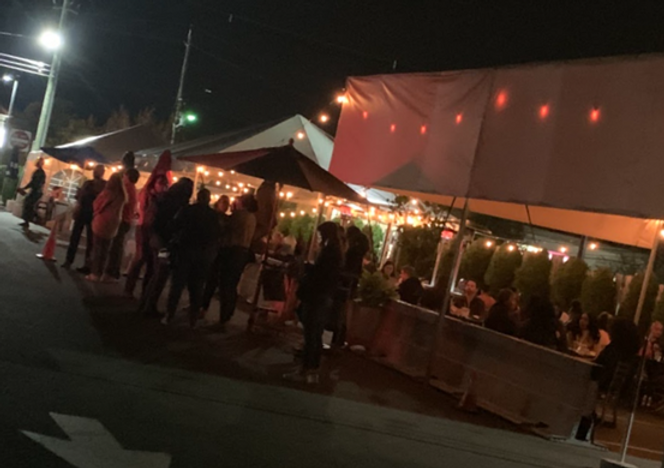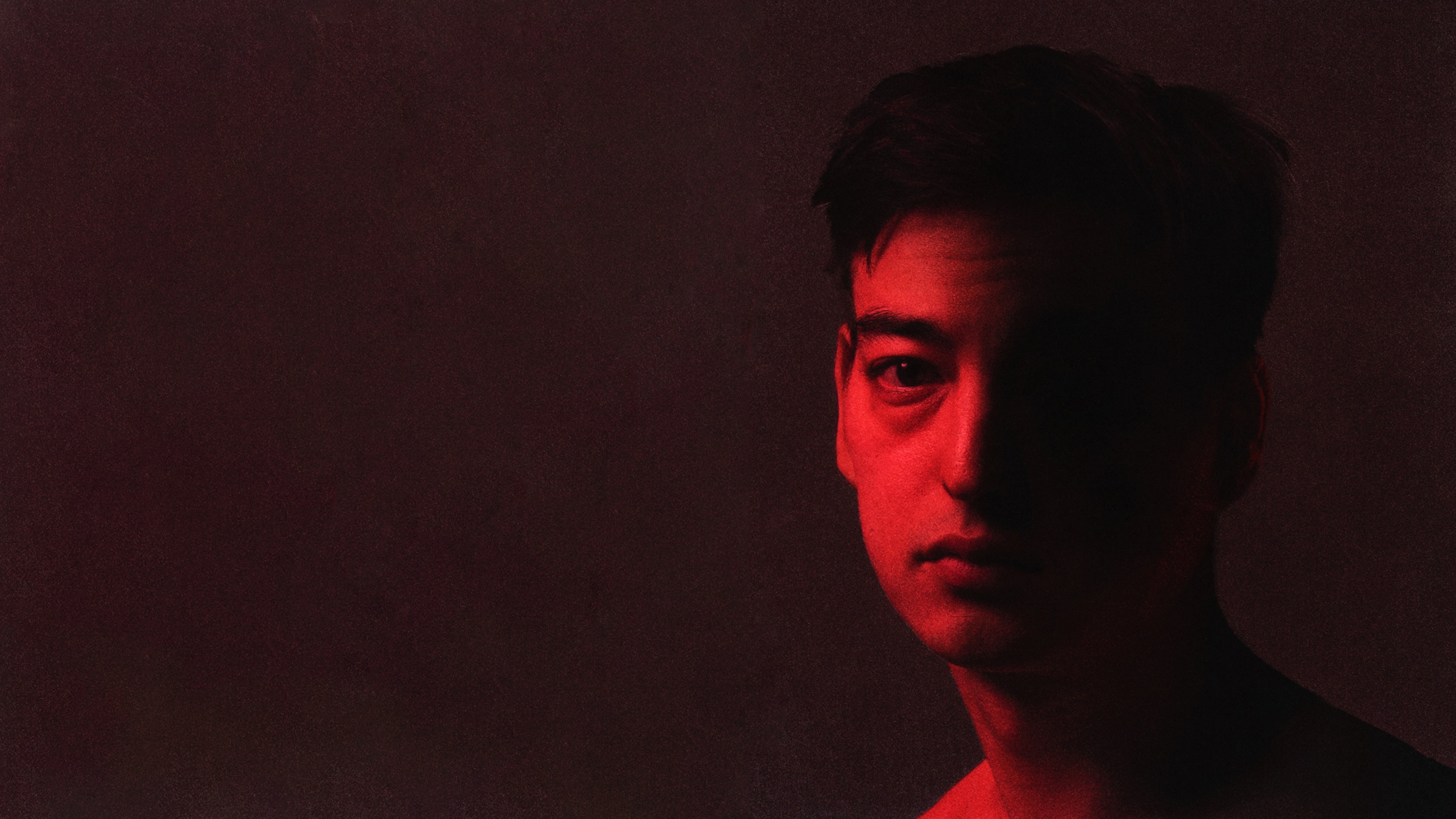This summer, I spent my quarantine indulging in as many childrens cartoons as I could justify watching as a seventeen-year-old on a borrowed Netflix account. My marathoning started with Avatar: The Last Airbender, which recently found a wave of new fans, including me, following its addition to the streaming platform. The show lives up to its reputation without a doubt Avatar: The Last Airbender is highly acclaimed for its stellar representation of East Asian and Inuit cultures but I did not find myself connecting to the characters in the way that other fans have. Outside of my vague attachment to Katara for her leadership and iron will, the shows characters did not fully resonate with me.
After Avatar: The Last Airbender, Netflix recommended the show that changed my life: She-Ra and the Princesses of Power. This show provides outstanding representation for women and for individuals who identify as LGBTQ+. As a member of the LGBTQ+ community, I basked in euphoria for months after watching.
She-Ra and the Princesses of Power, or She-Ra as its fanbase shortens it, is a Netflix original series that premiered in 2018. It was developed by award-winning comic author Noelle Stevenson and produced by Dreamworks Animated Television as a reboot of the 1985 series She-Ra: Princess of Power. Aside from the titles, character names and a few crucial plot points, the two shows are nothing alike.
The story of She-Ra revolves around Adora, an orphaned teenage soldier who, upon discovering the Sword of Protection, learns of her ability to transform into the magical warrior princess She-Ra. Adora also learns that her home and commanding army, the Horde, are on the wrong side of the war on their planet, Etheria. Seeing no other choice than to fight for good, she flees the Horde and joins their enemies: the Princess Alliance.
One of the defining features of She-Ra is its overwhelmingly female cast. By the end of season one, the show has ten recurring female characters compared with only three recurring male characters. Each of them has a unique power as a Princess, but also a distinct personality and character design. They are heroes, they are villains and they are neutral. They have different priorities, different ruling styles, and different motivations for fighting in or abstaining from the war in Etheria. The Princesses represent ice kingdoms, ocean kingdoms, flora kingdoms and even technology kingdoms. She-Ra does not have ten recurring female characters just to rave about that number. Each character exists to enhance the diversity of perspectives on war and to represent women of all kinds.
She-Ras characters are not only abstractly diverse in personality but physically diverse in character design. The Princesses and Horde members showcase a range of different body types and races. The main trio of characters alone, Adora, Bow and Glimmer, are all of different races: white, black, and East Asian, respectively. Character designer Rae Geiger has also confirmed that Sea Hawk and Scorpia are half East Asian as well. Though the other She-Ra characters do not have confirmed races, they too have varying skin tones and facial features.
The characters also vary in body type. They can be generally categorized as muscular, chubby, or lean, but few of them fit these descriptions perfectly. The beauty of She-Ras character design is that, besides an occasional alien feature, the characters look like real people. This is the stark contrast between the 2018 and 1985 shows: while the characters in She-Ra: Princess of Power are completely homogenous, white and muscular, the characters in She-Ra and the Princesses of Power are black, white, and Asian, chubby, muscular, thin and many others in between.
Body positivity is an important message usually aimed at girls, but even progressive television shows often overlook the needs of boys. Through Bow, She-Ra dismantles toxic norms and shows boys a new kind of masculinity. Bow is rather feminine by societal standards, wearing his heart literally on his trademark crop-top and figuratively on his sleeve. But at the same time, he is incredibly innovative, strong, and brave. Bow is allowed to be feminine while also exhibiting masculine traits. Not once in the show is Bow made fun of for his personality or looks. He is quite emotional, and it makes him a great leader and the glue that holds the Best Friends Squad and Princess Alliance together.
She-Ras prevailing theme is love. Like many childrens cartoons, the show demonstrates that loving one another saves the day, while emphasizing the importance of platonic and self-love. Adora, Bow, and Glimmers Best Friend Squad is a classic example of heroes who save the day together: they learn how to effectively use their individual strengths in combat, but also how to support one another as people. The three work together to help Bow face his parents, Glimmer rule her kingdom, and Adora cope with being She-Ra. Through their friendships and individual growth, the characters learn to find balance between doing what is best for others and knowing when to fight for themselves. The characters are faced with challenges to their autonomy and forced to overcome obstacles when they choose what they really want. Scorpia, for example, is faced with the challenges of ending toxic relationships and learning to prioritize herself, while Adora must learn to reject other characters expectations for how she should use She-Ra and to embrace She-Ra as an extension of herself.
It is impossible to talk about She-Ra without mentioning its revolutionary LGBTQ+ representation, the very root of its significance as a series. Adora and Catras relationship is what drives the plot. Catra is fixated on the notion that when Adora left the Horde, she left her, fueling her need for revenge on She-Ra, the entity who took Adora away from her, and on the Princess Alliance, Adoras new friends. Quite frankly, with Catras overwhelming individual strength and leadership ability within the Horde, the Horde is absolutely capable of winning the war and achieving Catras supposed goal; it is only her restraint, caused by her love for Adora, that keeps the fight alive. Without this, there would be no show. The war would realistically be over in a matter of episodes.
Their relationship is revolutionary in its lesbian representation, even ignoring how it drives the plot. Adora and Catra have a complicated two steps forward, one step back relationship never seen before cartoons. They face countless challenges to their relationship, both internal and external: being driven apart by their mother-figure Shadow Weaver, being possessive over one another, and being unclear about what they want. Tension is always high between them, leaving audiences guessing as to what will happen next between them, and, consequently, in the war.
Outside of Adora and Catras relationship, She-Ra is filled with casual LGBTQ+ representation which is equally impactful. There are characters under almost every letter of the LGBTQ+ acronym, but none of the characters come out. Being queer is treated as natural in their world, She-Ra does an exceptional job making its characters sexualities explicitly clear by only having characters only show attraction to and receive attraction from others they would be interested in dating.
She-Ra also has transgender and nonbinary representation. According to Rae Geiger, Perfuma is transgender-coded, meaning that while the creators cannot confirm she is transgender, her character design is representative of a transgender woman. Even better is the minor season five character, Jewelstar. She-Ra: Princess of Power includes a trio of characters named the Star Sisters who make a one-episode appearance in the 2018 reboot, with one difference. In She-Ra and the Princesses of Power, one of the newly named Star Siblings is male and is voiced by a transgender man, meaning that Jewelstar is transgender himself. She-Ra also has a nonbinary character named Double Trouble who is simply refered to by they/them pronouns by all characters regardless of ally/enemy status and voiced by a nonbinary actor.
People should undoubtedly watch She-Ra to see LGBTQ+ history being made. Queer people are guaranteed to see at least one character who looks, thinks, or acts like them, which is precisely how She-Ra changed my life. I saw myself in Adora, Scorpia, and Netossa, all while falling in love with the story and witnessing all the good that this show does for others as well.
Exposure to authentic, accurate representation of LGBTQ+ stories is essential for dismantling stereotypes and humanizing queer people. But, if not for the LGBTQ+ representation, then anyone can enjoy the race and body diversity, the positive influence Bow has on the next generation of boys, or the heartfelt and personal story of growth and love.
While She-Ra may be a show making history for queer people, it has something for everybody to love. Give the show a try, and I promise you wont regret it.

 Restaurant Reviews Around Union County
Restaurant Reviews Around Union County